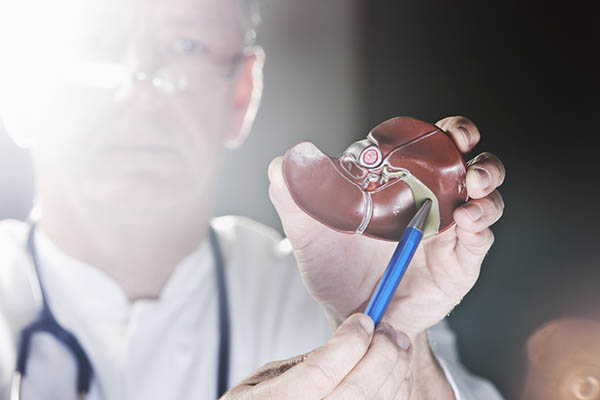Gallstones, small deposits that form in the gallbladder, often go unnoticed until they cause significant discomfort and pain. While they are generally harmless if they stay in the gallbladder, complications arise when they move into other parts of the biliary tract. This article will navigate you through the intricate maze of gallstone symptoms, guiding you to understand when these tiny troublemakers evolve from a minor inconvenience to a major health concern necessitating surgical intervention.
Understanding Gallstones: Symptoms That Shouldn’t Be Ignored
Gallstones are hard particles that form in the gallbladder, often causing no symptoms until they block a bile duct, leading to intense pain in the upper abdomen, back pain, nausea, and vomiting. Recognizing these symptoms is crucial for timely treatment. Pain typically occurs after eating a fatty meal when the gallbladder contracts to release bile, pushing against the obstructing stone. Other symptoms may include fever, chills, and jaundice. In rare cases, the stones can cause inflammation of the pancreas or liver.
The Role of Surgery in Resolving Gallstone Complications
When gallstones cause symptoms or complications like cholecystitis, surgery is the most common treatment. The surgical removal of the gallbladder, or cholecystectomy, is a routine procedure that offers relief and prevents future gallstone-related issues. The most common surgical approaches are laparoscopic cholecystectomy and open cholecystectomy, with the former being less invasive and offering a quicker recovery time. In both procedures, the gallbladder is removed entirely, eliminating any possibility of further gallstone formation.
Preparing for Gallbladder Surgery: What to Expect
Pre-surgical evaluations typically include blood tests, imaging, and a review of medical history. Patients are advised on fasting before the procedure and may discuss anesthesia options, as well as potential risks and recovery expectations. The surgery itself takes 1-2 hours, and patients can usually go home on the same day. Recovery time varies, with laparoscopic cholecystectomy usually requiring a week off work and open cholecystectomy two to three weeks.
Laparoscopic vs. Open Cholecystectomy: Surgical Options for Gallstones
Laparoscopic cholecystectomy is minimally invasive and the first choice for gallstone removal, offering shorter recovery times. In some cases, an open cholecystectomy is necessary, which involves a larger incision and a longer hospital stay and recovery period. This method is typically used for patients with more complex gallbladder issues or previous abdominal surgeries.
Recovery After Gallstone Surgery: Post-Operative Care and Management
Recovery varies depending on the type of surgery. Laparoscopic cholecystectomy patients may go home the same day, while open-surgery patients may stay in the hospital for a few days. Pain management and avoiding strenuous activity are key during recovery. Patients are advised to maintain a low-fat diet and gradually return to normal activities. In rare cases, complications such as bleeding or infection may occur post-surgery.
Diet and Lifestyle Adjustments Post-Gallstone Surgery
After gallbladder removal, patients may need to adjust their diet temporarily, starting with liquids and gradually introducing solid foods. A diet low in fat and high in fiber can help manage digestive changes post-surgery. Some patients may experience diarrhea or bloating after surgery, but these symptoms usually subside within a few weeks. It is also important to maintain a healthy weight and avoid extreme dieting and rapid weight loss, which can increase the risk of gallstone formation.
Potential Risks and Complications of Gallstone Surgery
While gallstone surgery is generally safe, potential risks include infections, bleeding, and bile duct injury. It’s essential to discuss these risks with a healthcare provider and understand the signs of complications. If complications arise, prompt medical attention is necessary to prevent further health issues.
Understanding the Importance of Gallstone Surgery
Gallstone symptoms can significantly impact the quality of life. Surgery is often the most effective treatment, offering long-term relief. Awareness of the procedure, recovery process, and lifestyle changes can help patients navigate their treatment with confidence. If you experience symptoms of gallstones, seek medical attention and discuss the best treatment plan with your healthcare provider. Remember, early detection and prompt treatment can prevent complications and ensure a speedy recovery. So don’t ignore those troublesome gallstone symptoms – take action for better health!



 Close
Close